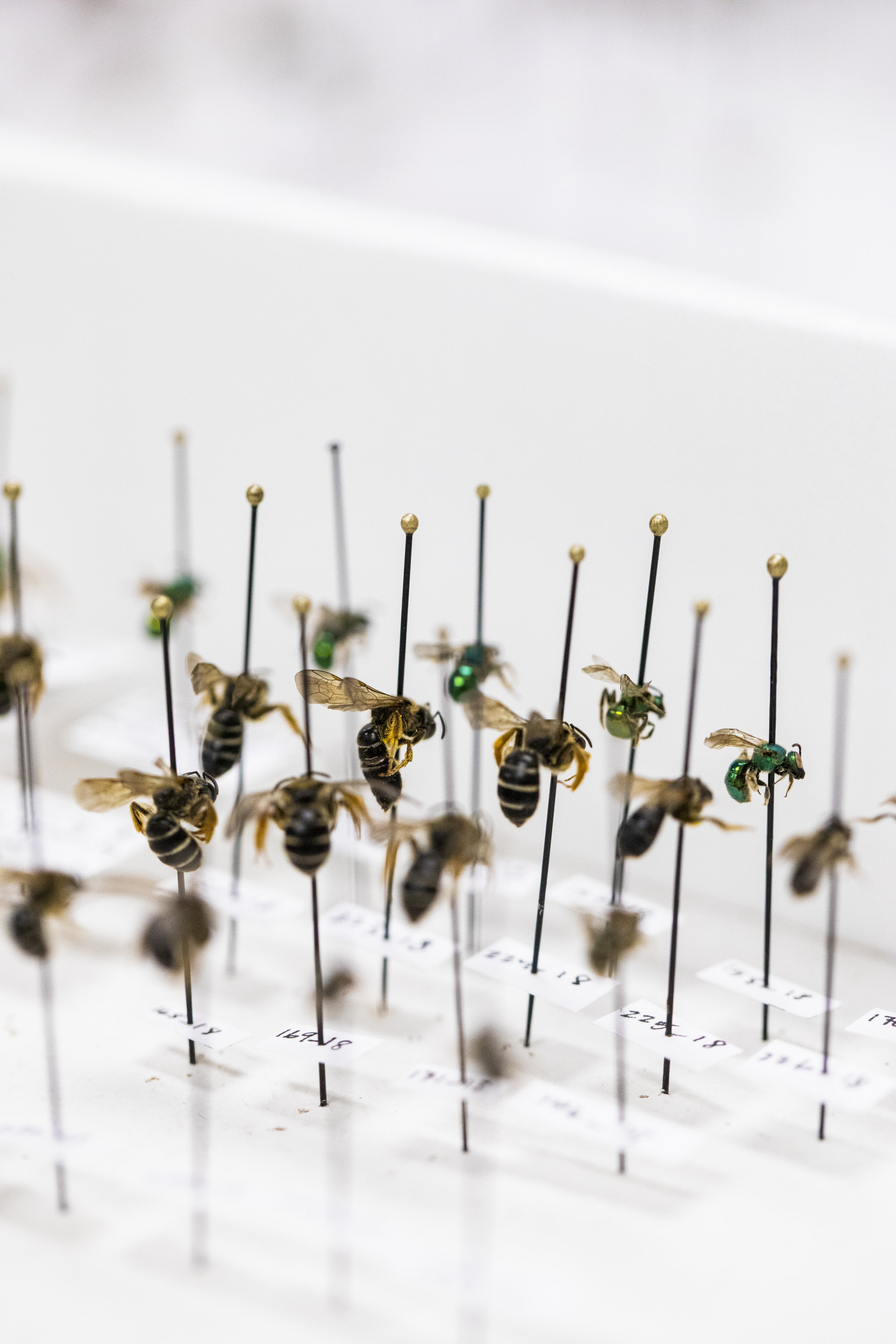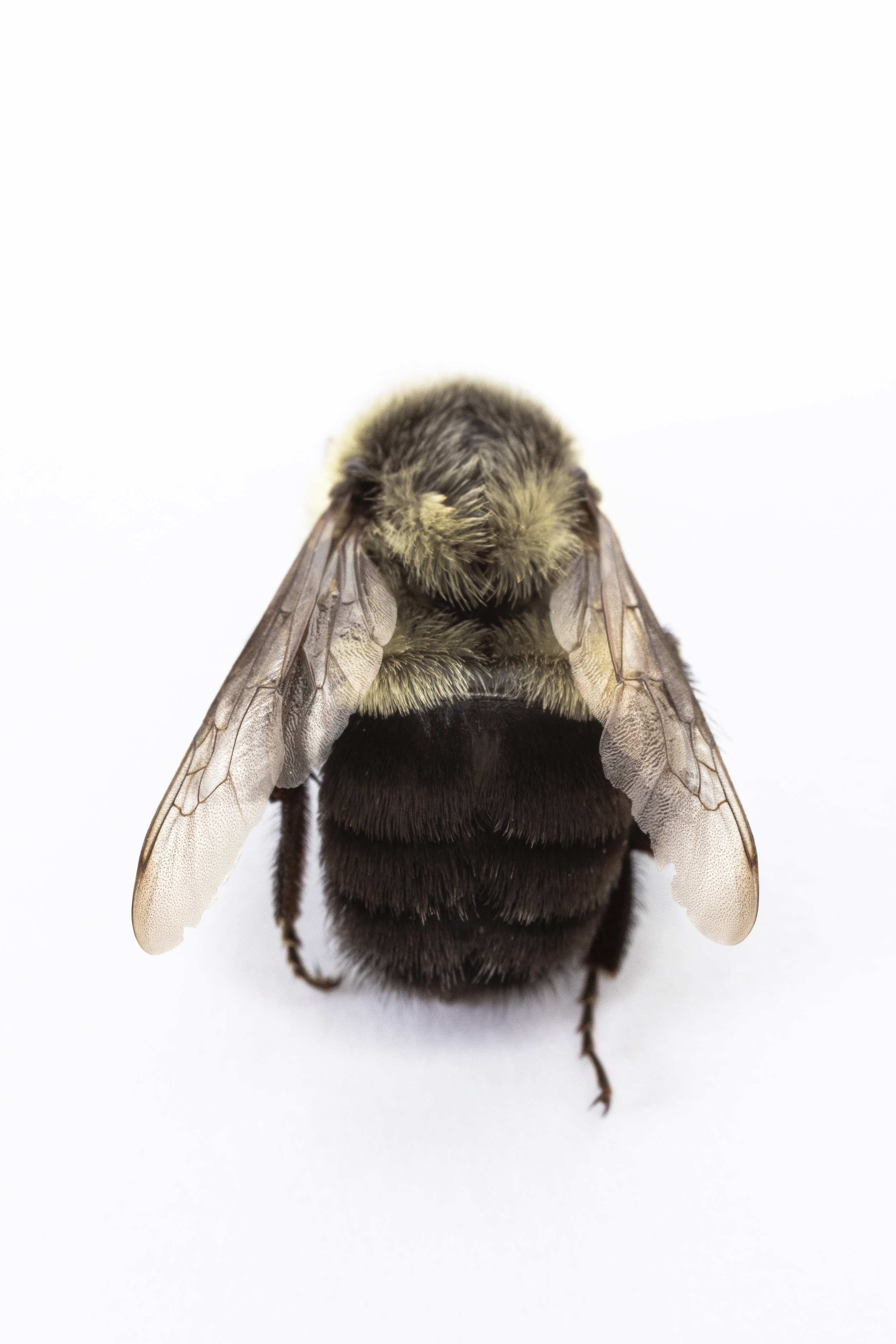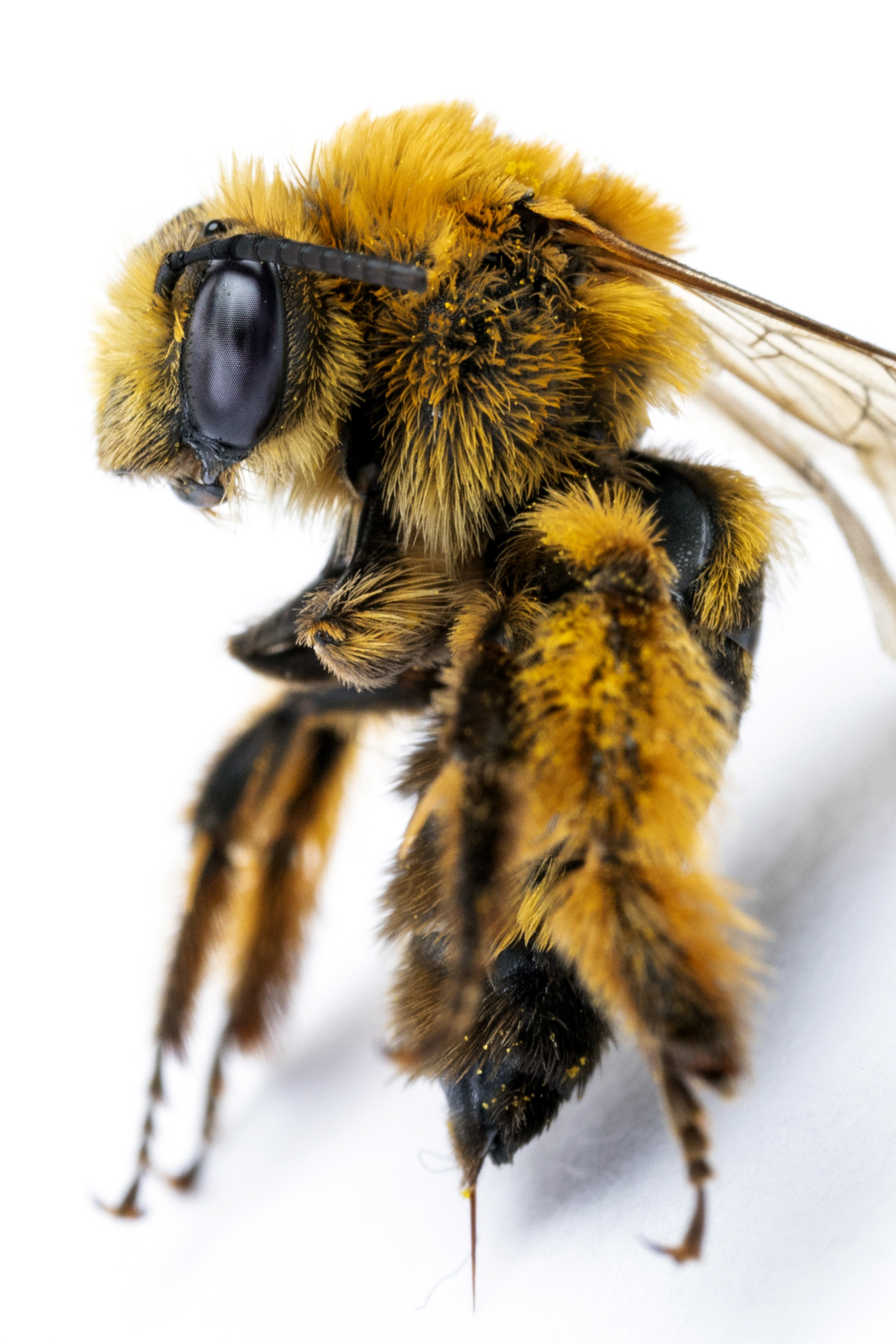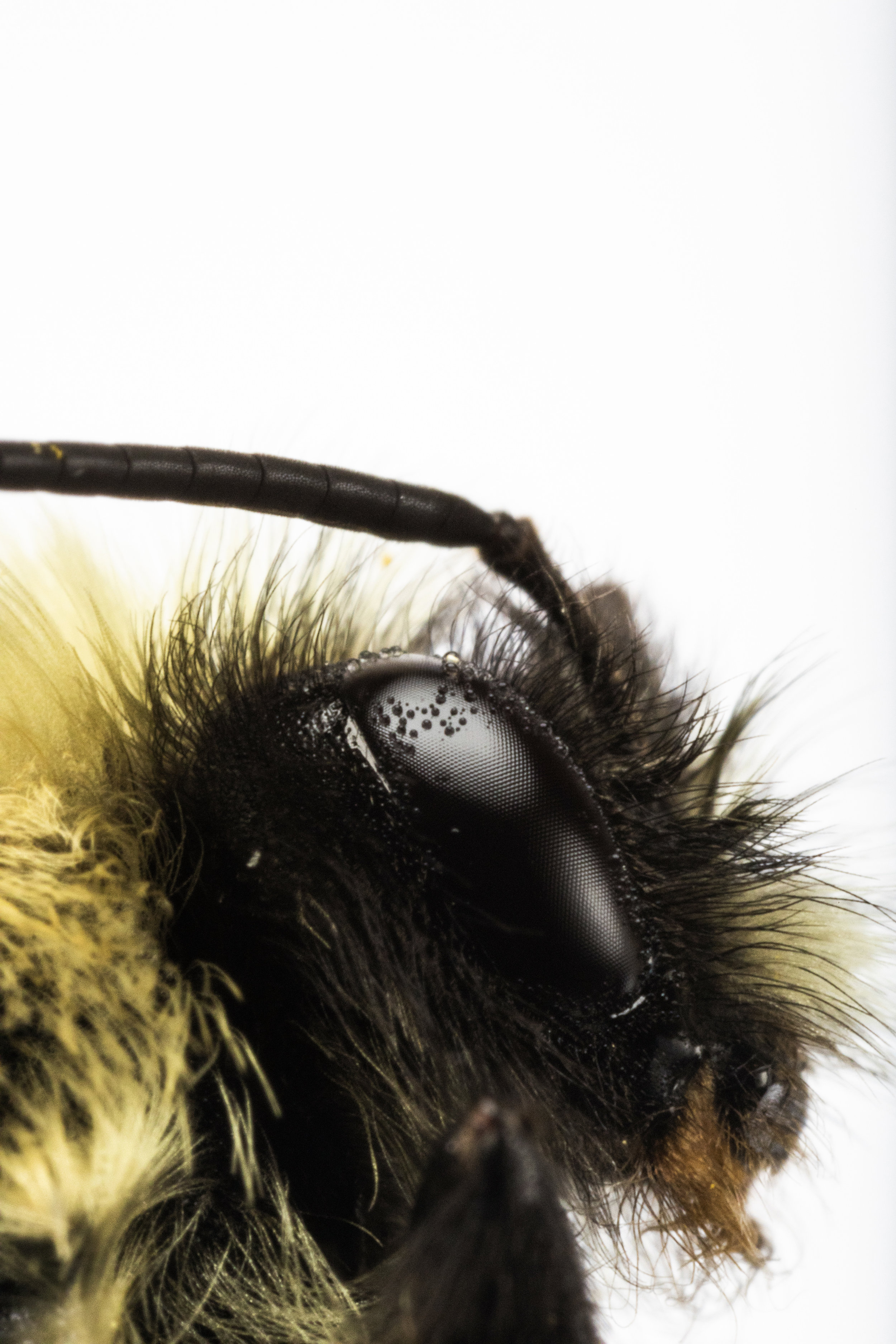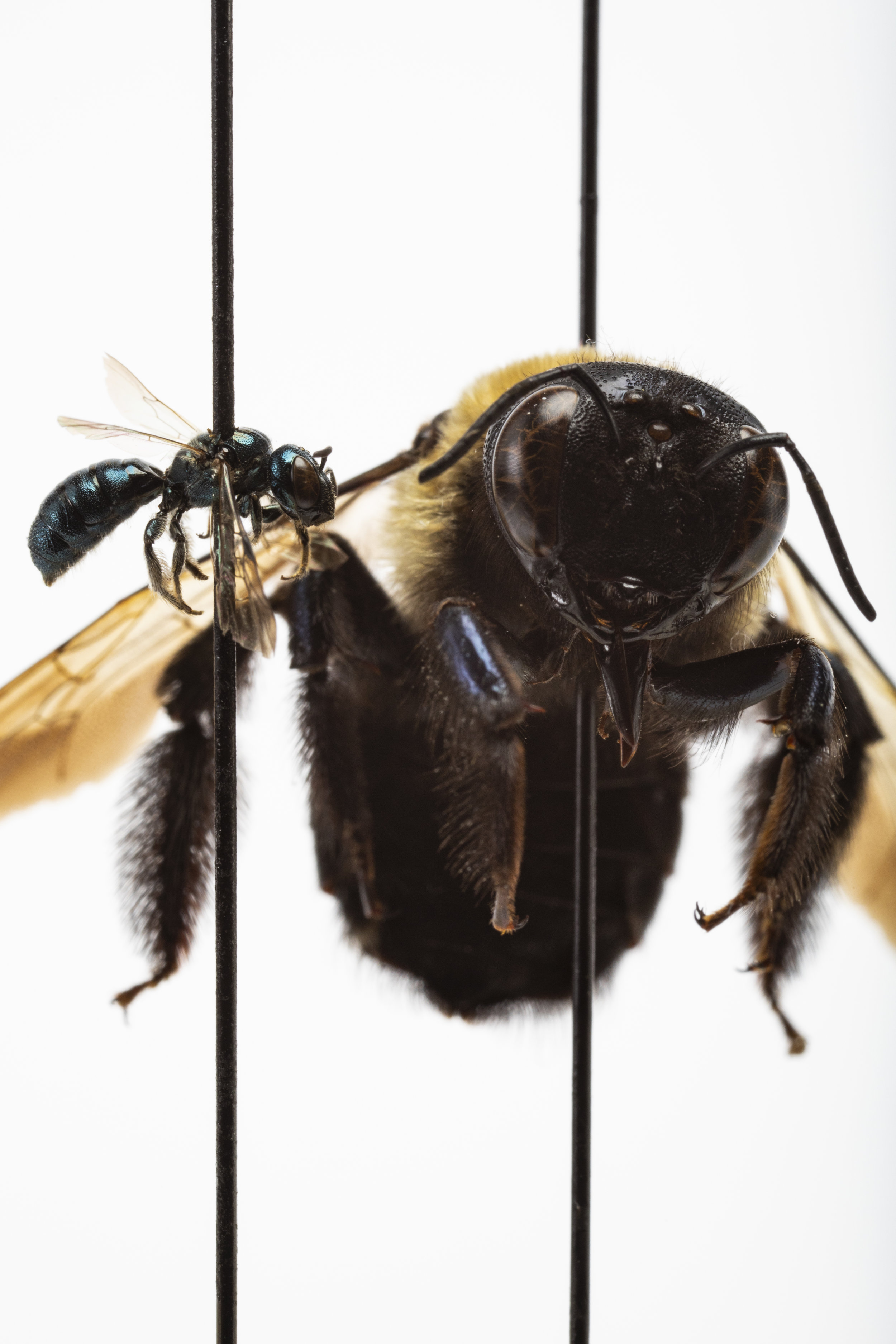Think all bees are the same? Think again! This episode, we dive in to the world of native bees with bee expert Nick Dorian - and find out which bees are the rock-star pollinators, which ones sting, which bees produce the worst honey he’s ever tasted, and why native bees might be the future of how we farm.
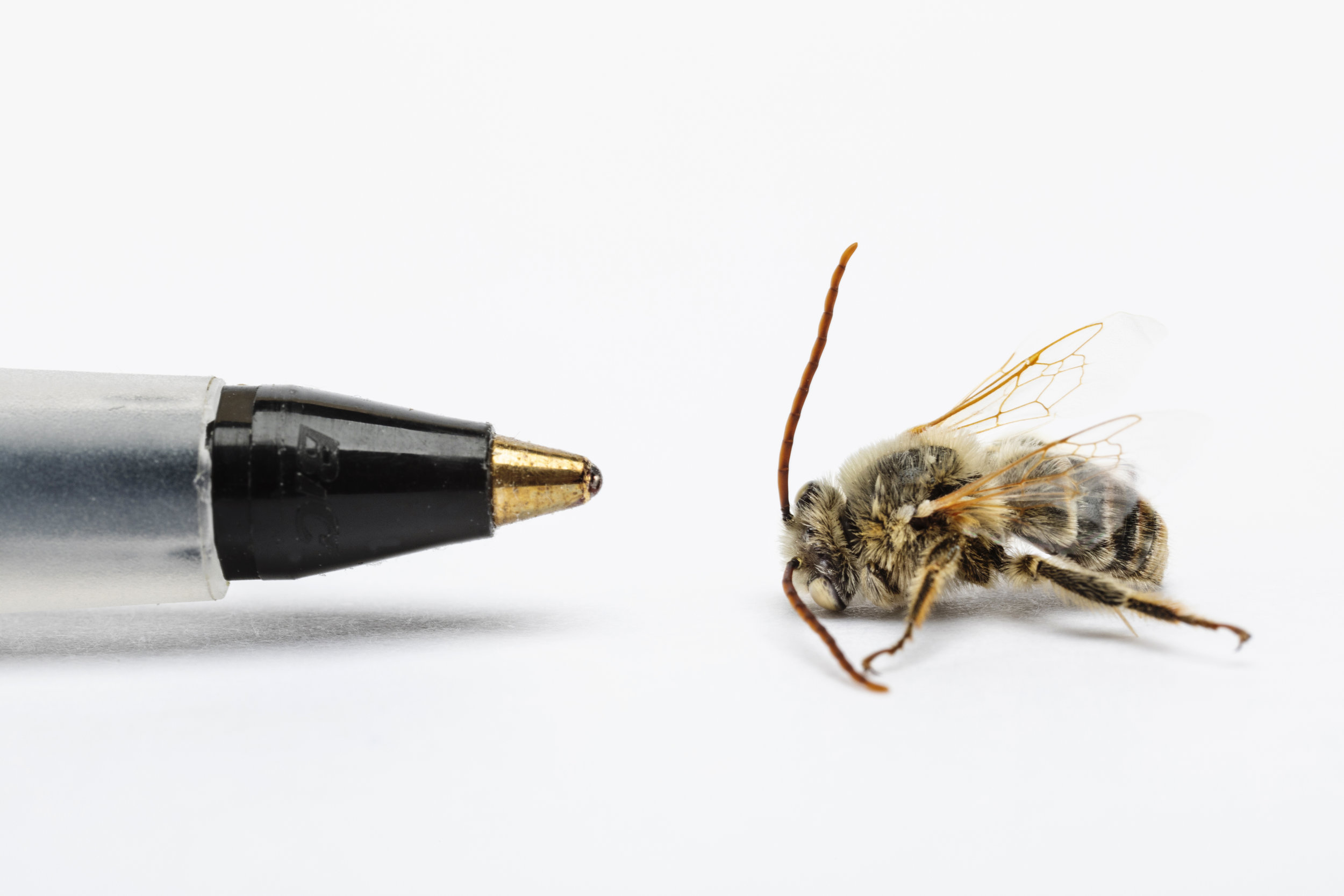
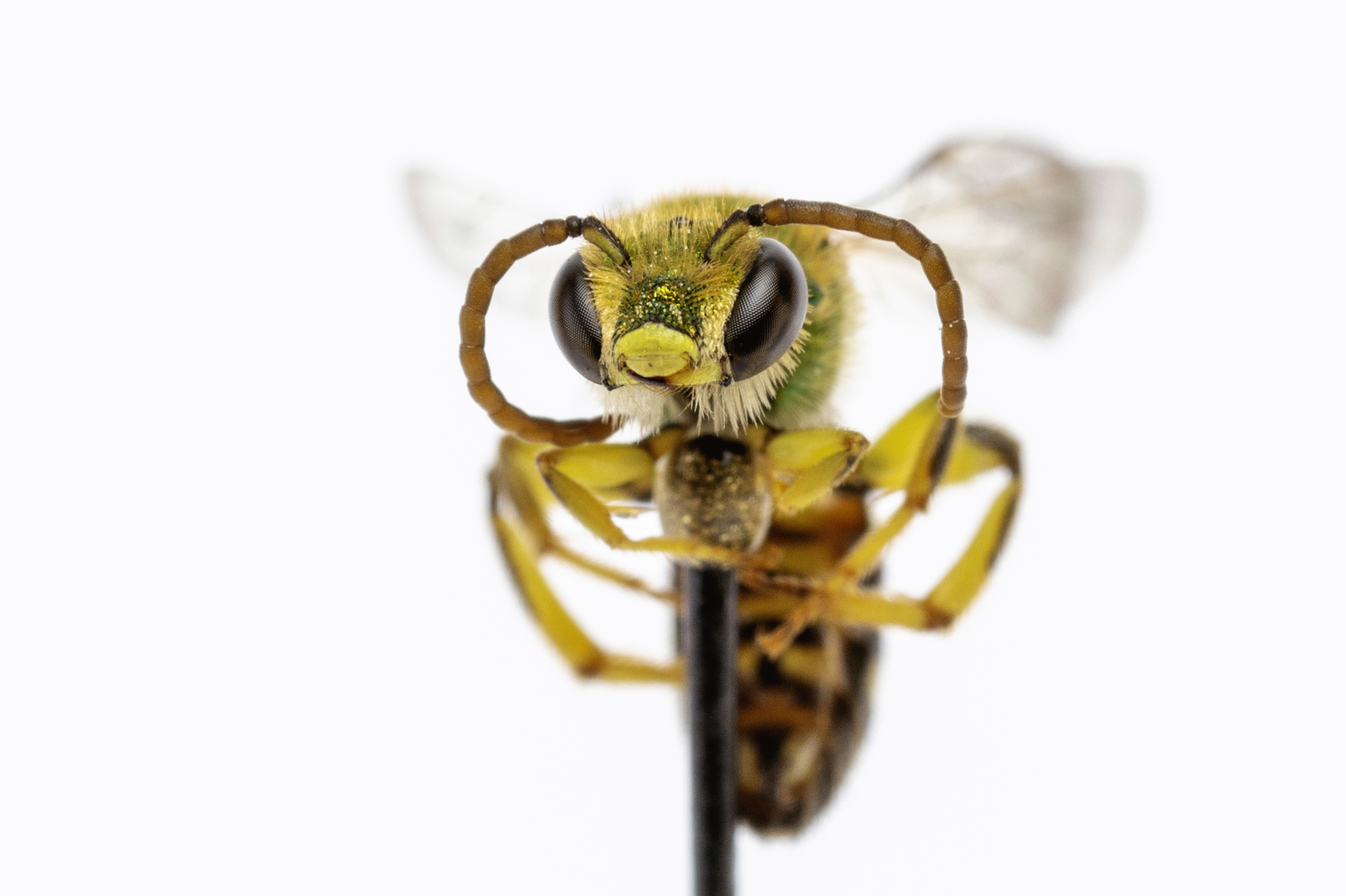
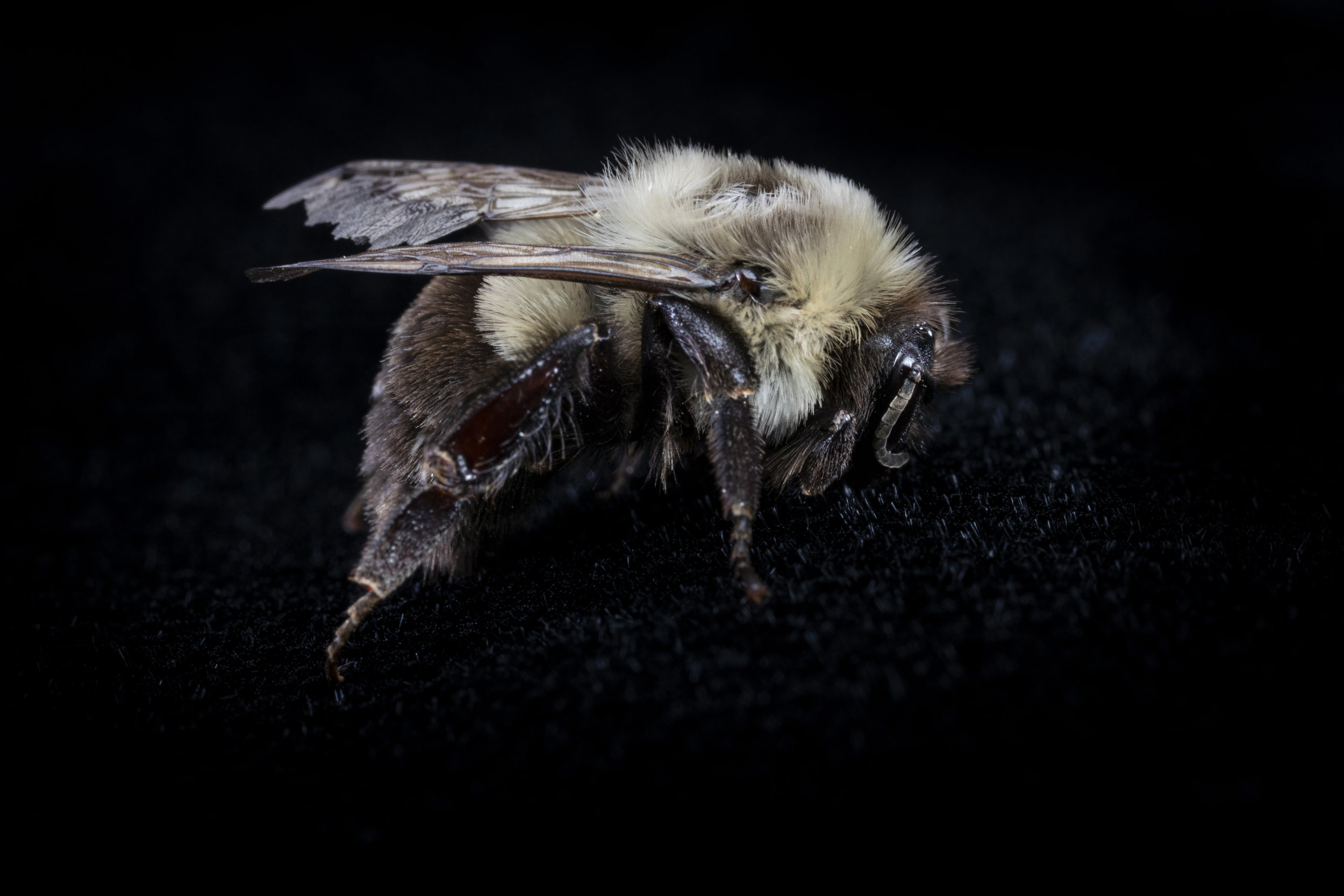
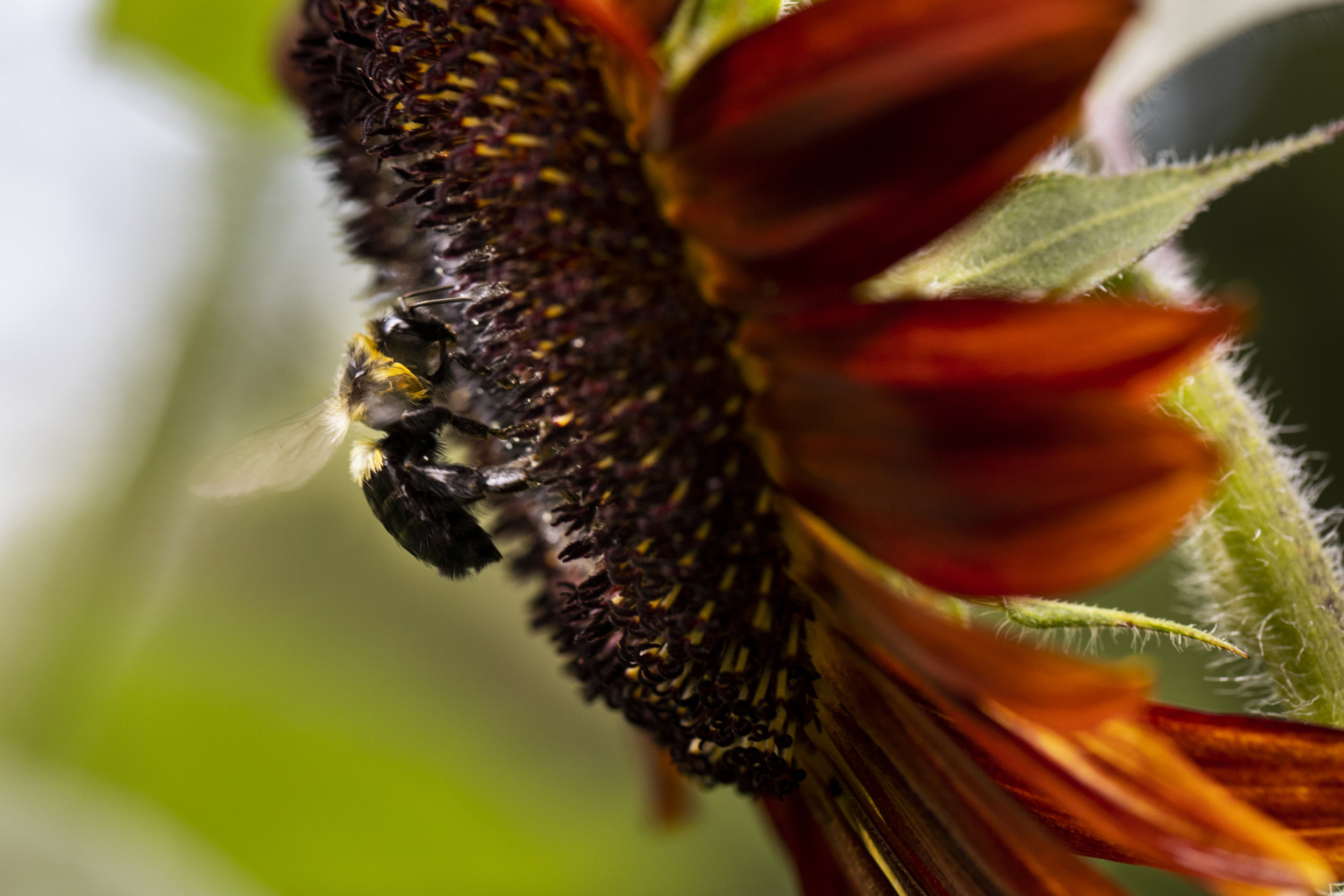
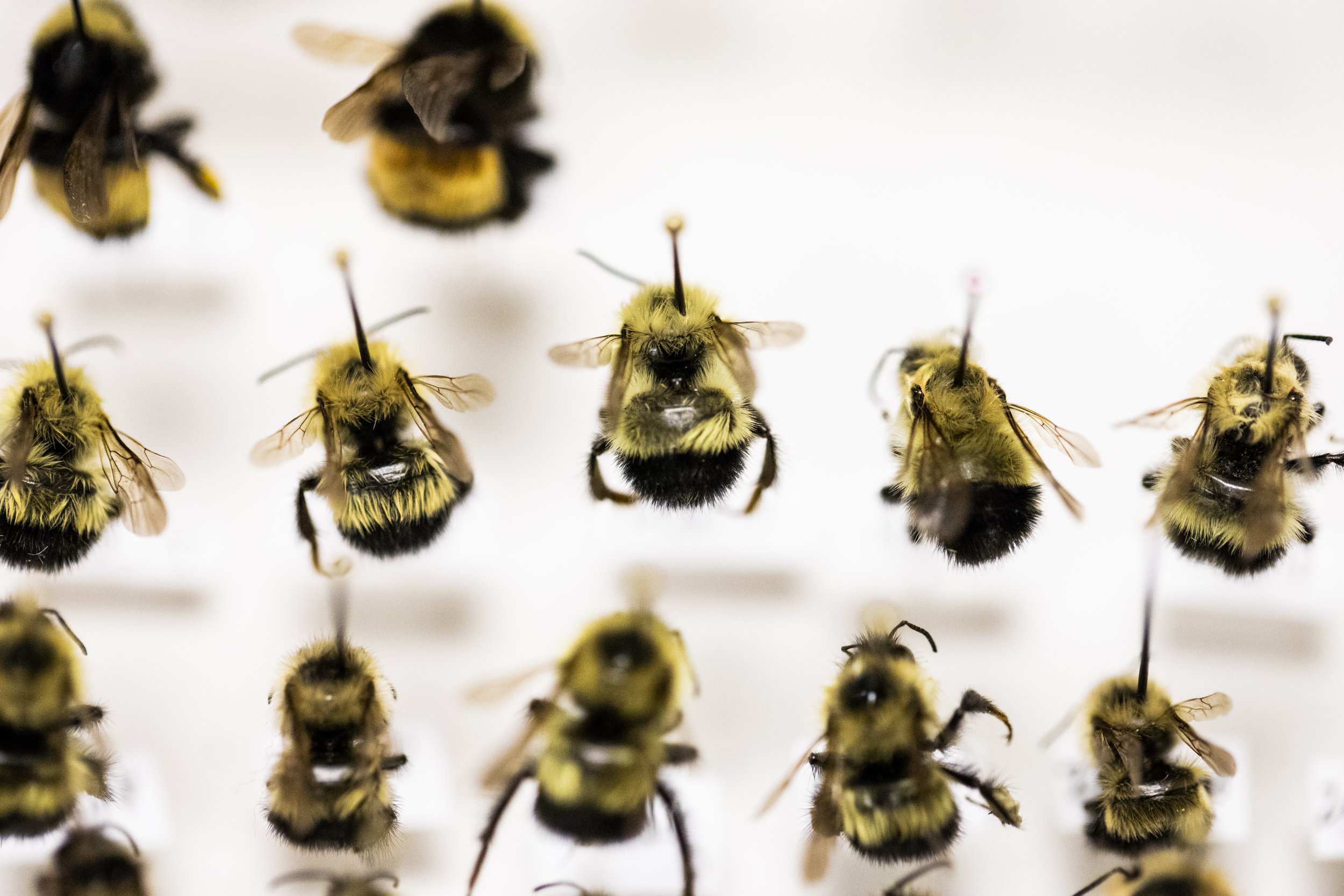
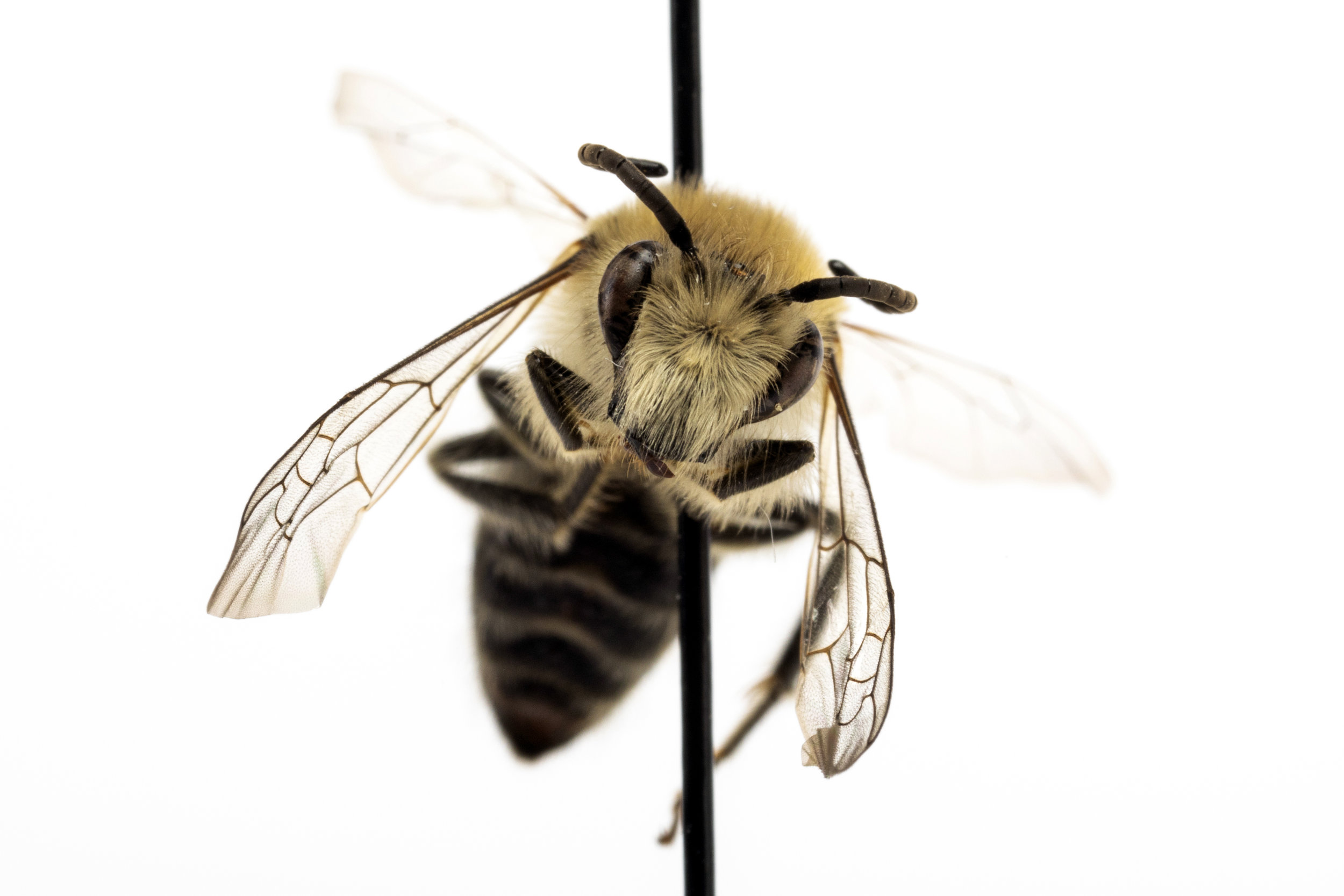
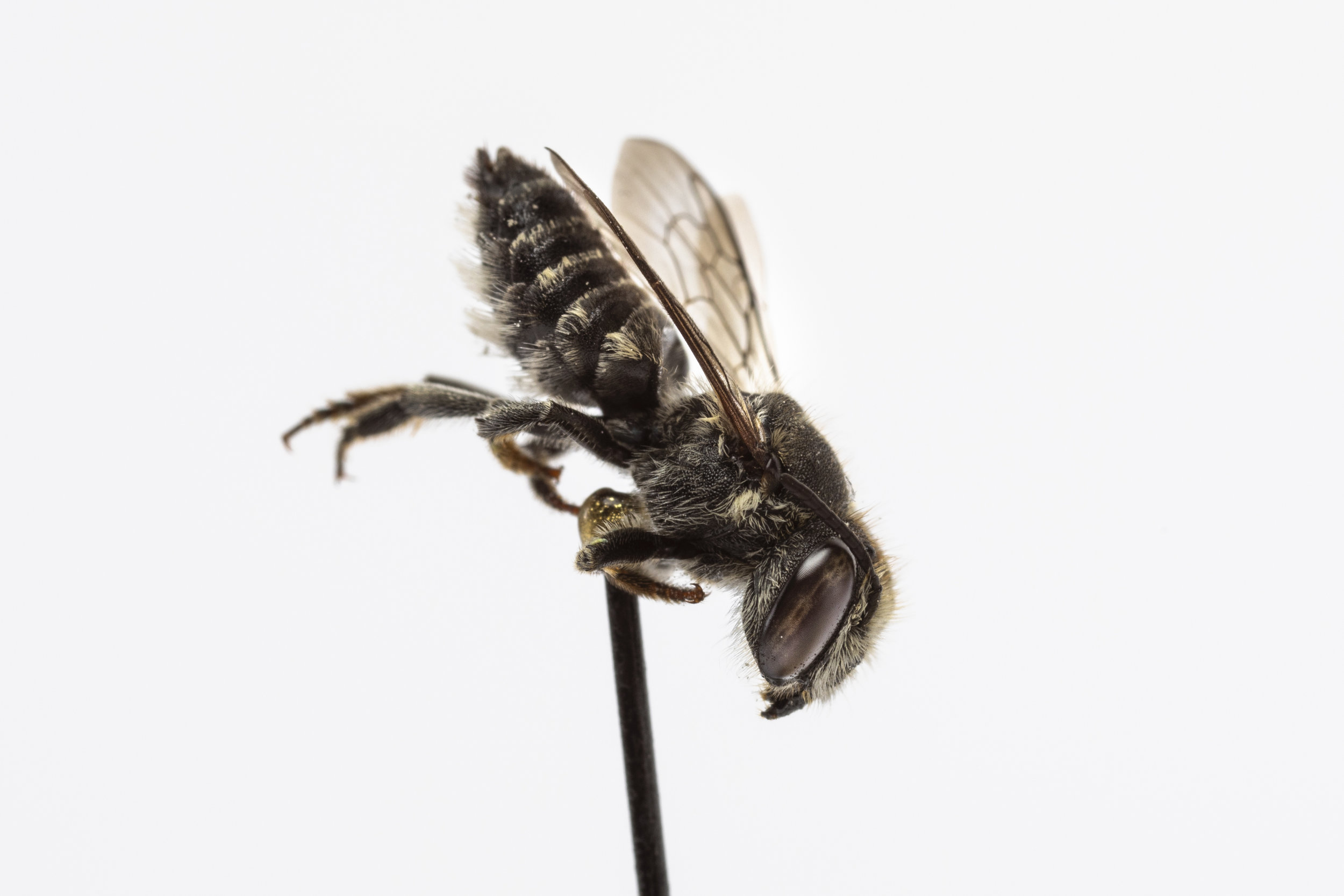
How to Help Native Bees:
1. Plant native flowers
Find out how to make your garden native-bee friendly with these handy guides:
* Why pollinator gardens are important
* Discover which plants are native to your region
* How-to-guides for gardening with bees in mind
2. Provide habitat
* Leave a little debris and leaf litter in your yard - it’s where bees will nest!
* Try making your own bee hotel!
3. Avoid all pesticides
Pesticides are often deadly to bees and hurt ecosystems
4. Provide fresh water
Like all creatures, bees need to stay hydrated. A fresh cup of H20 will do a bee some good on a hot day
5. Share what you know!
“Nothing beats word of mouth!” says bee expert Nick Dorian.
Additional Info:
* Bee ID! (A handy cheat-sheet for your backyard-bee safaris)
* Bumblebees Play Soccer (Video)
* How a Bee Sees Flowers (Photos under UV light)

